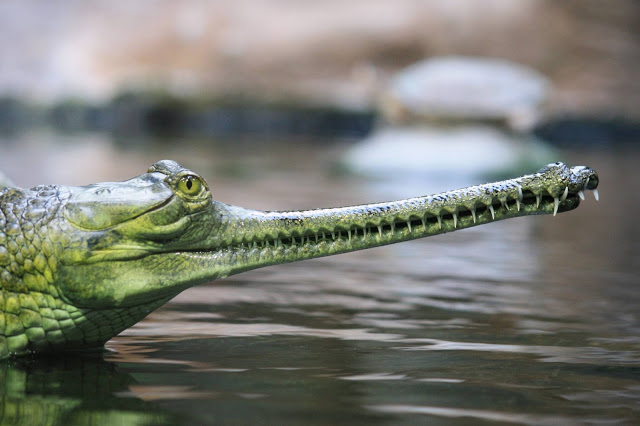 |
|||||||
| Abstract | Introduction | Materials & Methods | Results | Discussion | Conclusions | References | Acknowledgments |
| Group components: Toni de Dios, Marc Gordo, Anna Llopart, Xavier Martí | |||||||||||||||||
 |
|||||||
| Abstract | Introduction | Materials & Methods | Results | Discussion | Conclusions | References | Acknowledgments |